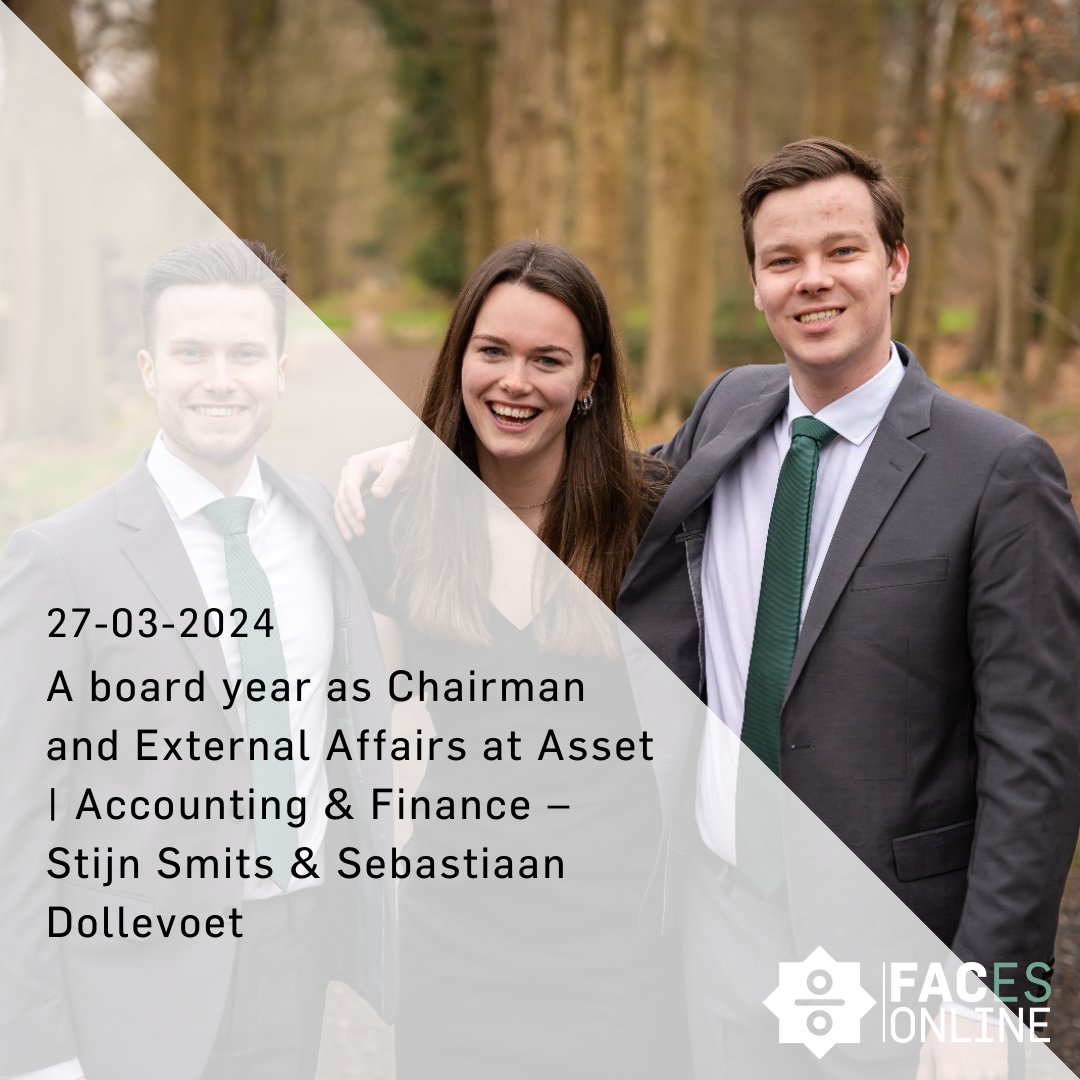Disclaimer: This article is for entertainment purposes only and cannot be used for financial advice. Since its inception, Bitcoin has caught the

For the Dutch version, click here.
When looking at companies traded on the exchange, you often find a long history of how they grew to their current size. Long-standing companies such as … that originate from the early 1900s usually took a long time, gradually growing and taking over competitors until they became the market leader. Nowadays, with recent IPOs such as … we see that these companies have a different story; getting VC funding to grow exponentially until IPO. Take the FAANG companies for example, each of them used VC funding to get where they are now. In this article, we will explore how companies start out small but use venture capital to become market leaders.
Many of the companies that we look up to today started out small. You probably are familiar with how Apple and Microsoft started out of a garage, or how Zuckerberg created the first version of Facebook in his dorm room. When companies are in this stage, they are often bootstrapping, i.e. solely financing their company with the revenue that they generate. Growing a company like this can be a long and difficult process, but in the end, the company will be fully owned by you and your co-founders. While bootstrapping is the way to go for some, sometimes this is not possible as you may need more capital to start than you have or if you want to grow your company quickly. If this is the case, taking on external capital is the only option.
Within the VC industry, the first moment a company takes on external funding is referred to as the pre-seed round. In the pre-seed round, there are many options available, but the first funding often comes from individuals close to the founders; family, friends and fools. These people will loan money to the founders so that they can make their start, but other than that they don’t provide much else to the company. The same goes for starting grants provided by the government or university. The founders can also look for sources of external funding that will add more than just money; guidance and expertise. Business angels can be useful for starting companies if the business angel is already experienced in the industry or has a good understanding of how to build a company, but can be risky as they operate alone. Other options are incubators and accelerators. These are businesses that are specifically created to grow the companies that they finance and often have in-house services that the companies that they finance can freely use such as office space, lawyers, or accountants.
With the initial financing that they received in the pre-seed round, the founders of the company are able to commit to their company and take their first steps. However, this is also the moment when starting companies enter “the valley of death”. This is the phase the company has found their initial proof concept, has a prototype, and maybe even its first cashflows, but remains unprofitable. If nothing changes, the capital will dry up and the company will have to stop operations. This leaves the founders with two options, try to become profitable before capital runs out, or go down the venture capital route.
Once a company takes on venture capital, the strategy of the company will likely change drastically. With just the founders or with an early investor on board, time and growth may not be a priority until the company becomes profitable. When a venture capital fund invests, the company is expected to grow as much as possible and as quickly as possible using the newly acquired capital. Venture Capital funds have a limited lifetime in which they have to return their fund to their investors. Because of this, venture capital funds are always trying to realize an exit from their investment before the end of their fund’s lifetime. An exit for a venture capital fund can be made in multiple ways; an acquisition, a MBO, another fund buying their share, or via an IPO, the most lucrative option. So when a venture capital fund invests in a company, the founders are expected to work towards one of these exits as quickly as possible. Much can be said about taking the venture capital option, but if you can take the pressure, much can be gained.
The venture capital journey is often described as being on a rollercoaster, with all the ups and downs along the way. Until an exit is reached, it has a cyclical nature to it. While growing your company and trying to reach profitability, you need to make sure that there is enough money in the bank to stay afloat. This is done through fundraising, where the first venture capital investment you raised is called the seed round, and each consecutive round is called series A, series B, series C, etc. The process of fundraising stays quite similar throughout these rounds, starting with pitching your company to various VC funds, settling on deal terms with an interested fund, surviving due diligence, until closing the deal and getting the money in the bank. On the other hand, a lot changes during these investment rounds. The company gains market traction, creates more professional processes, and hires more employees, with each new financing round fueling the fire. This all happens in order to grow the company so that an exit can be realised.
The description of venture capital funding above may paint VC funds as just investors seeking to maximise their own gains. However, because of incentive alignment, VC funds will do whatever they can to make the companies that they invest in successful. The people behind VC funds are professionals when it comes to growing companies. Each shortcoming of their portfolio companies will be pointed out and resolved. They will use their network to open up new opportunities, help find new financing, and of course, help realise an exit. When you take on VC funding, you will both win quicker and fail quicker at the same time. Once you realize an exit through an IPO, acquisition or any other of the various methods, the venture capital rollercoaster will end, but that is by no means the end of the story for your company.
In this article, we described how financing changes how a company will grow, drawing a generalized picture of the various investors a company will take on along their journey. It is important to note that any form of debt financing was left out in this article, as this would have made things too complex to fit in one article. In any case, the founders will have to look at their own personal goals and the needs of their company to determine what form of financing is the right fit for them.






















